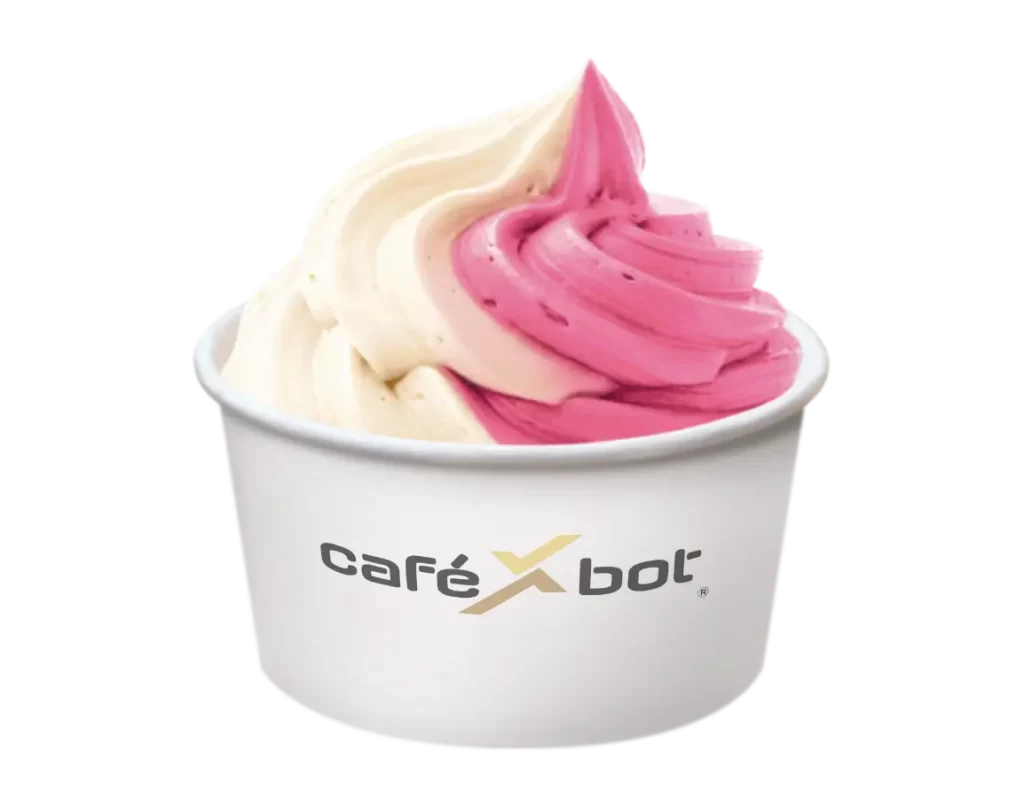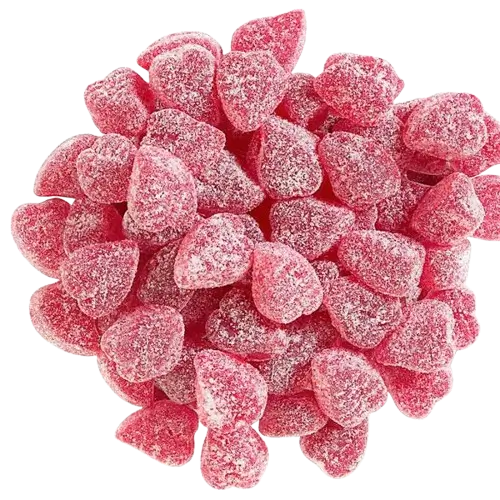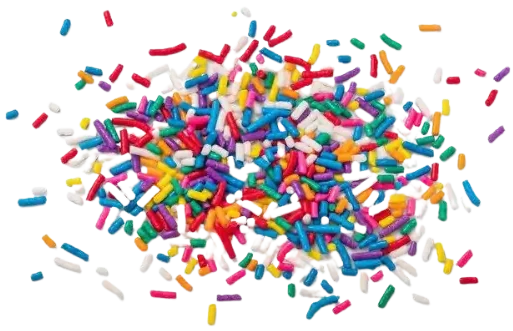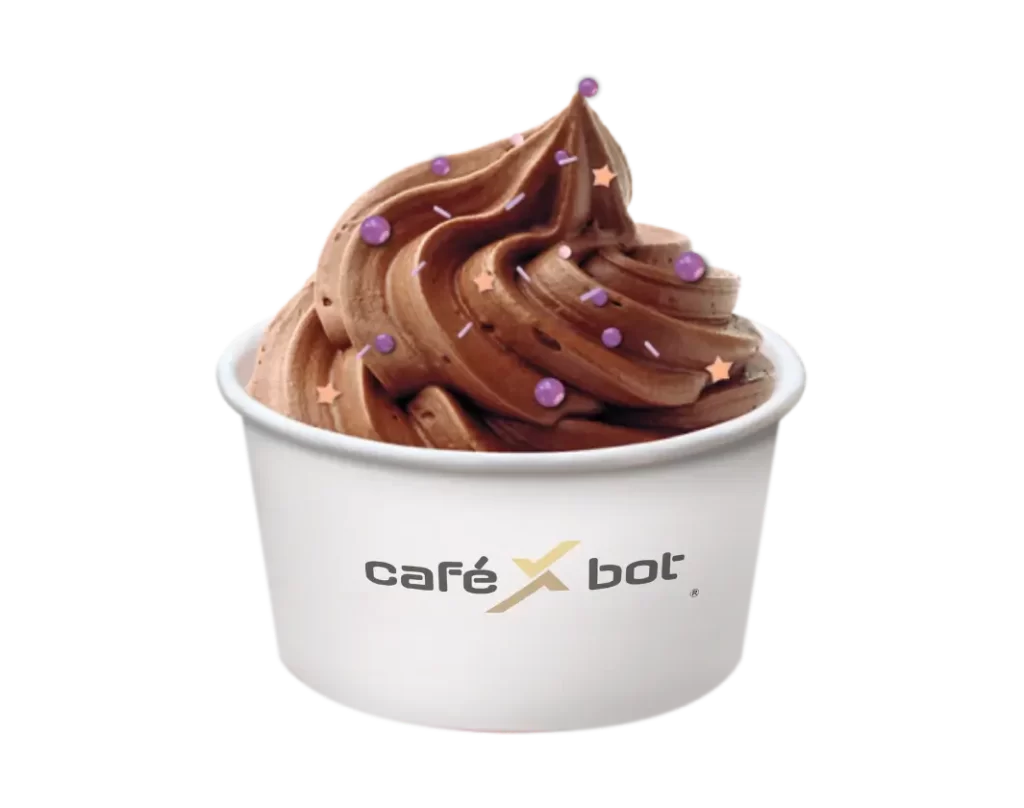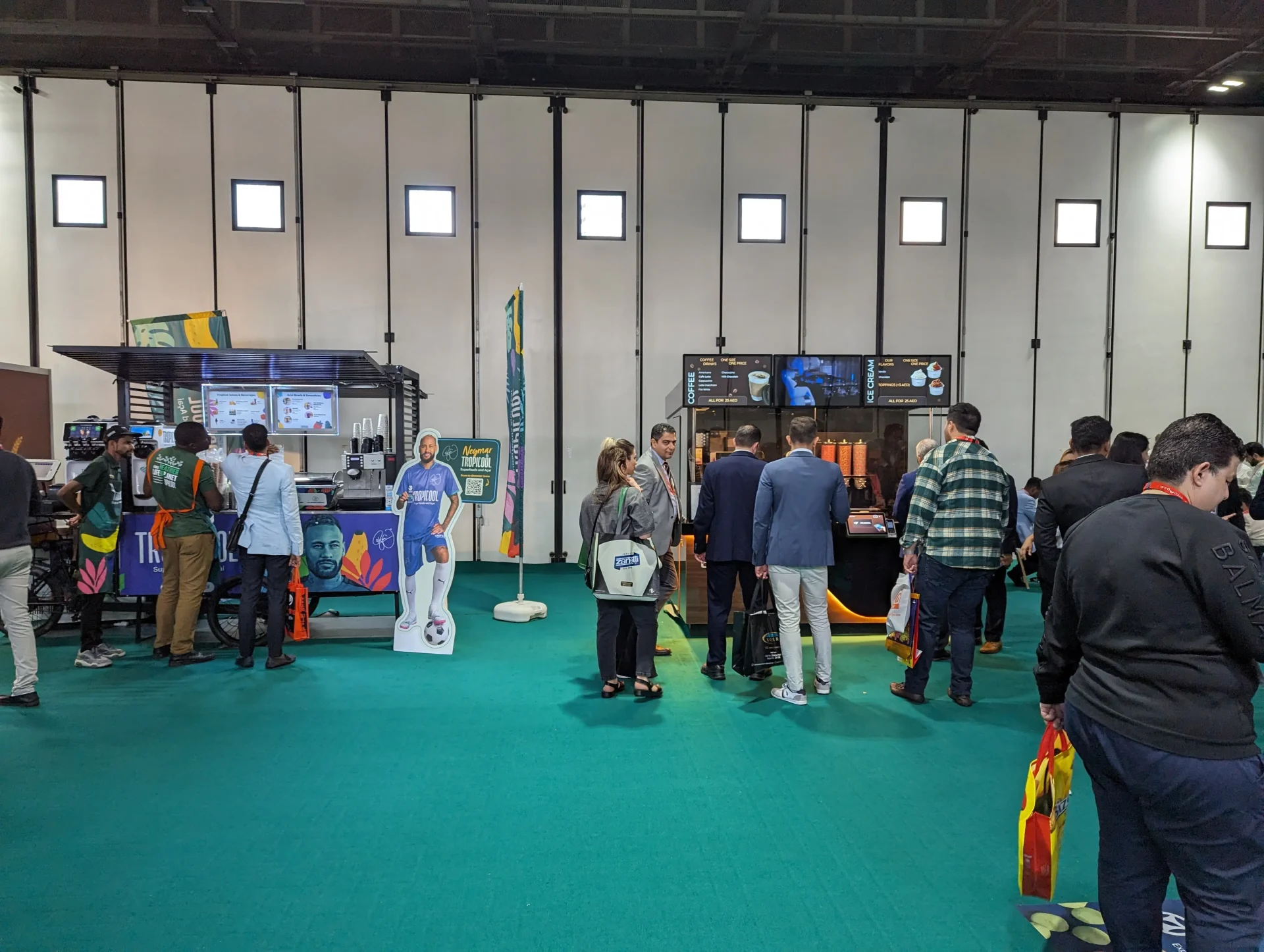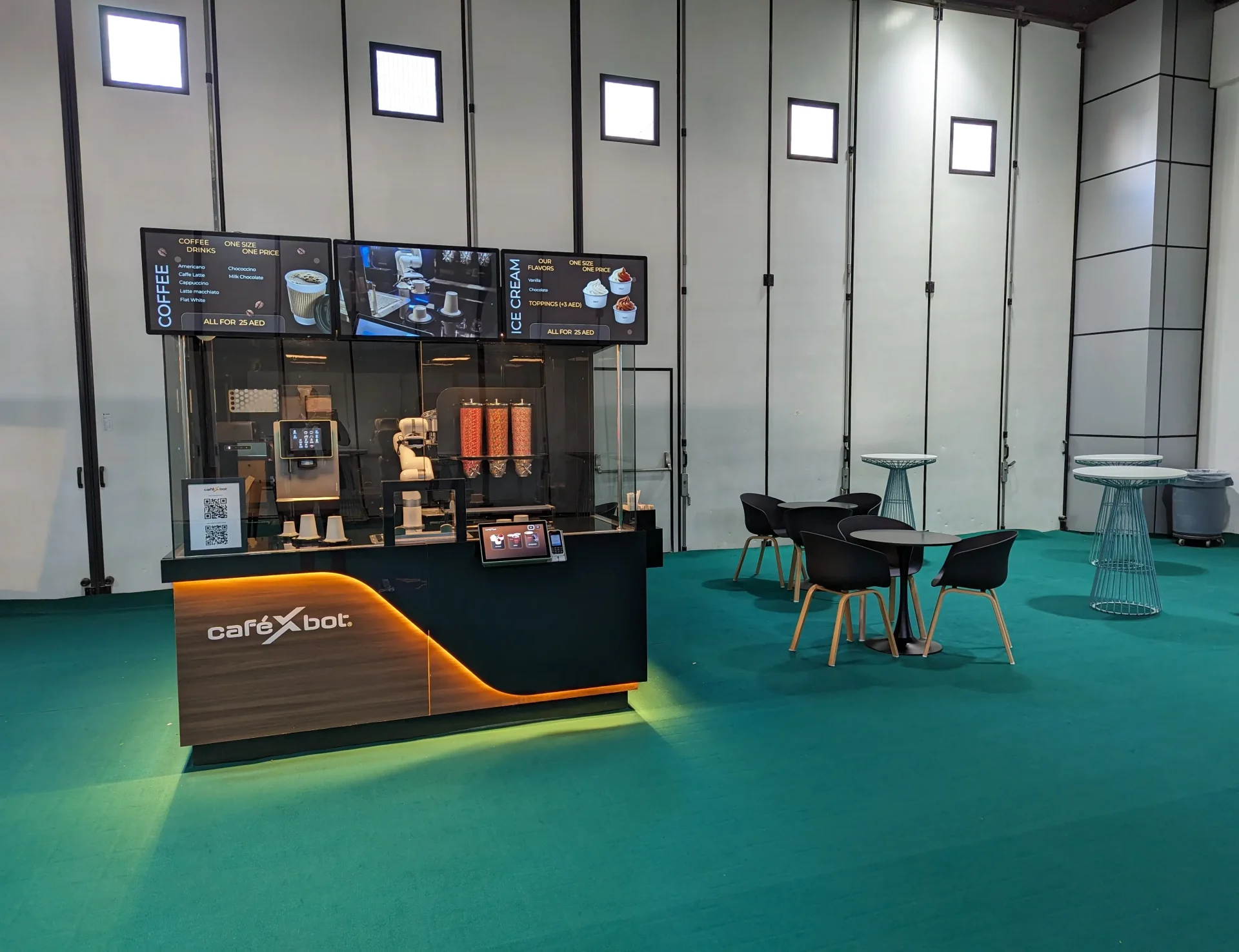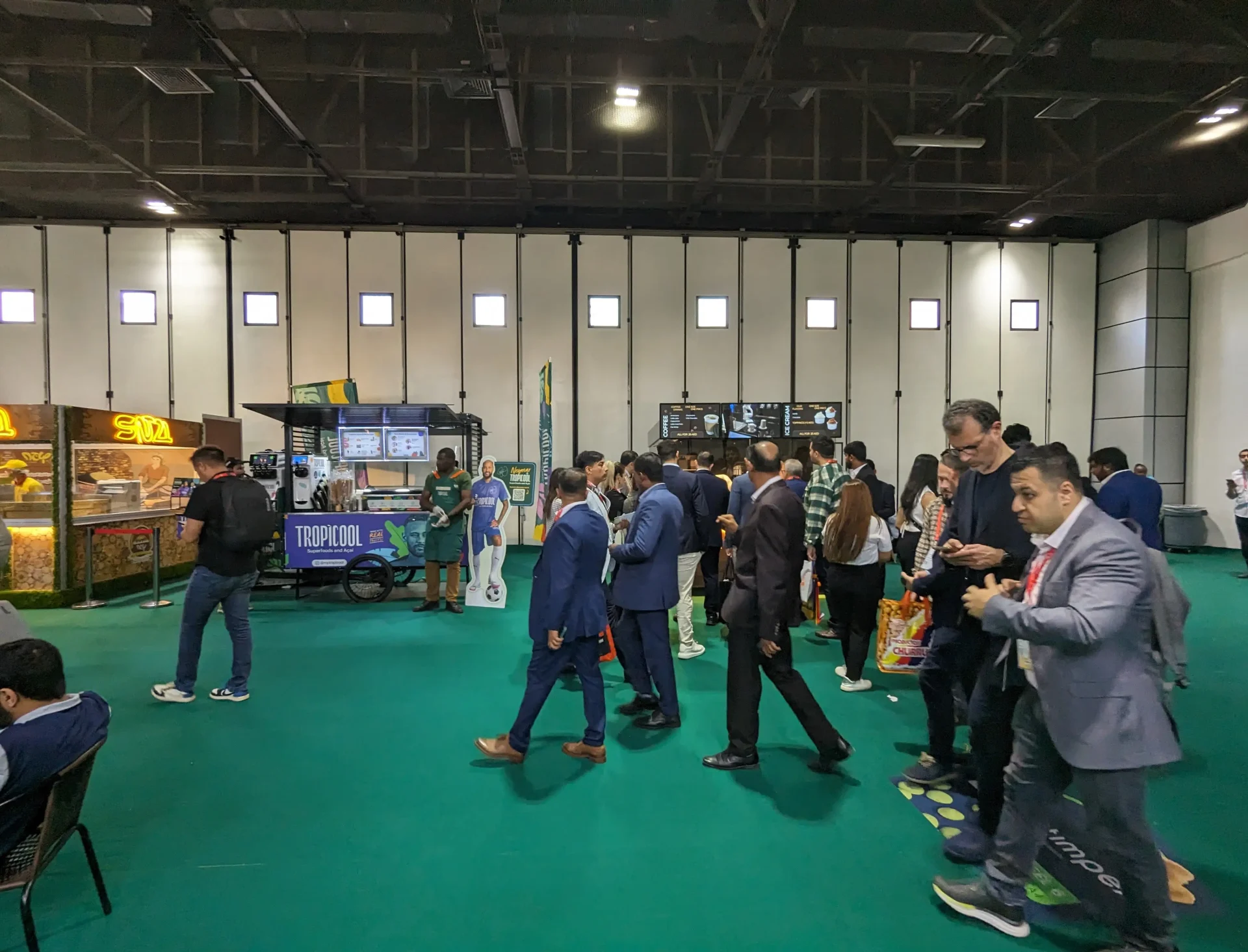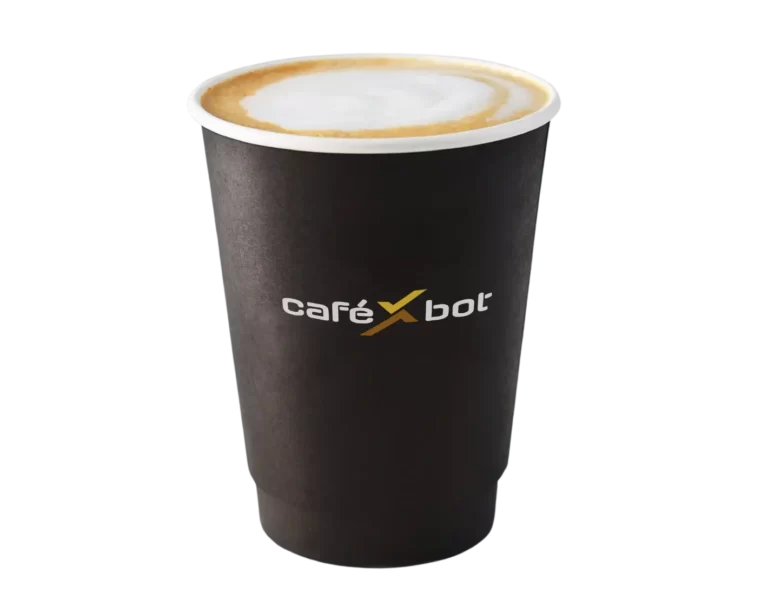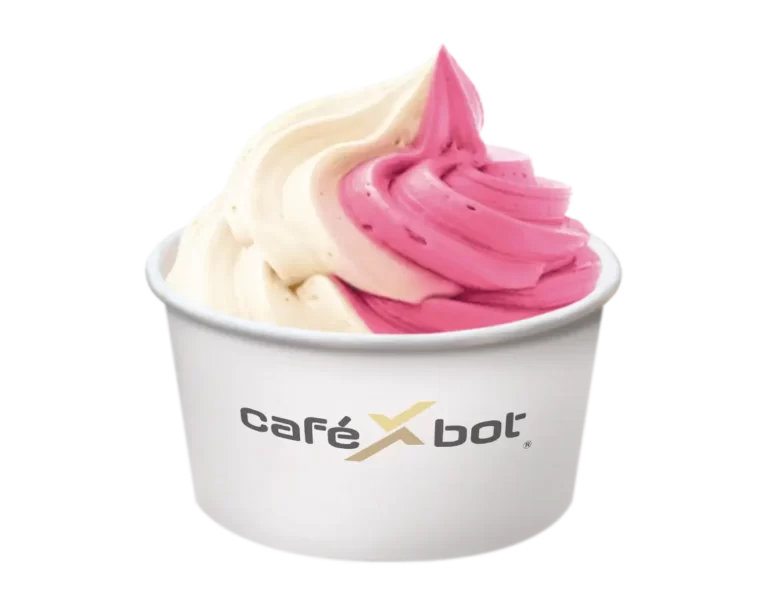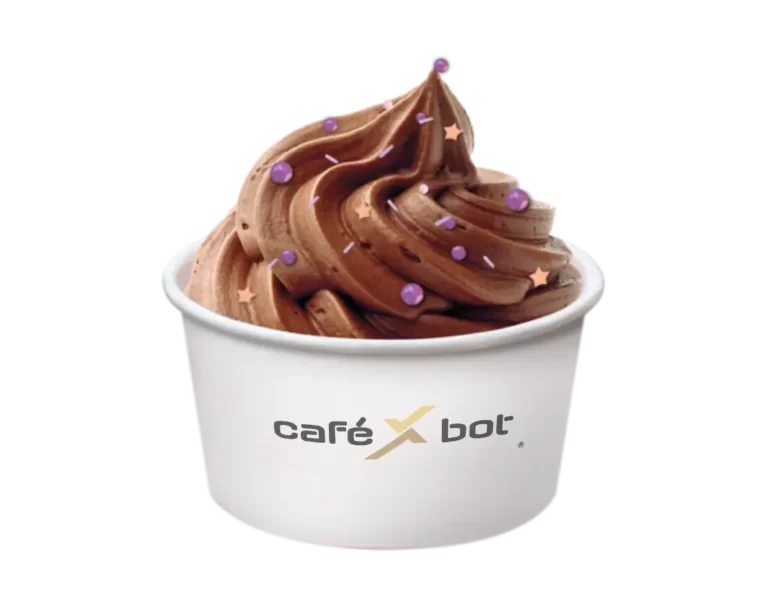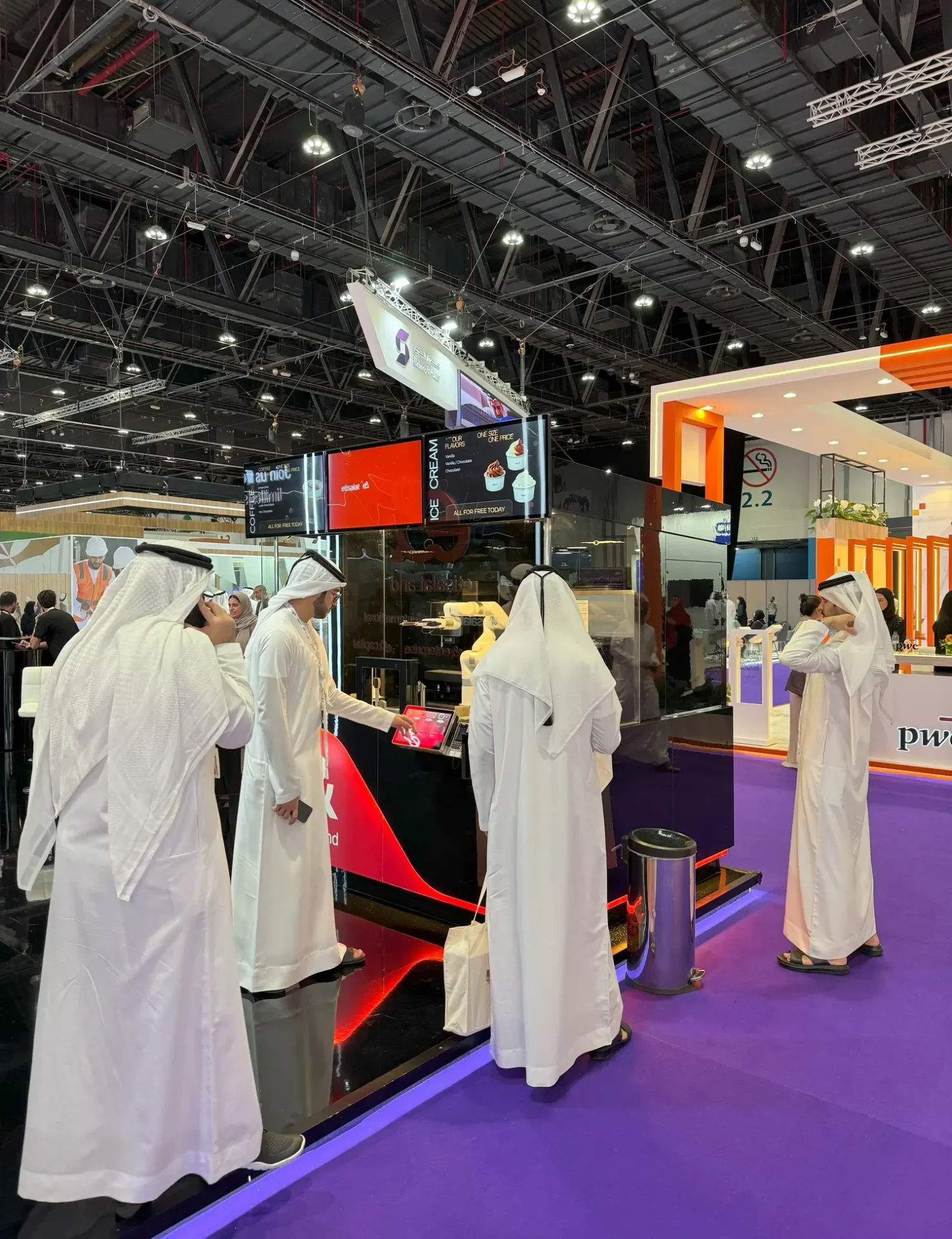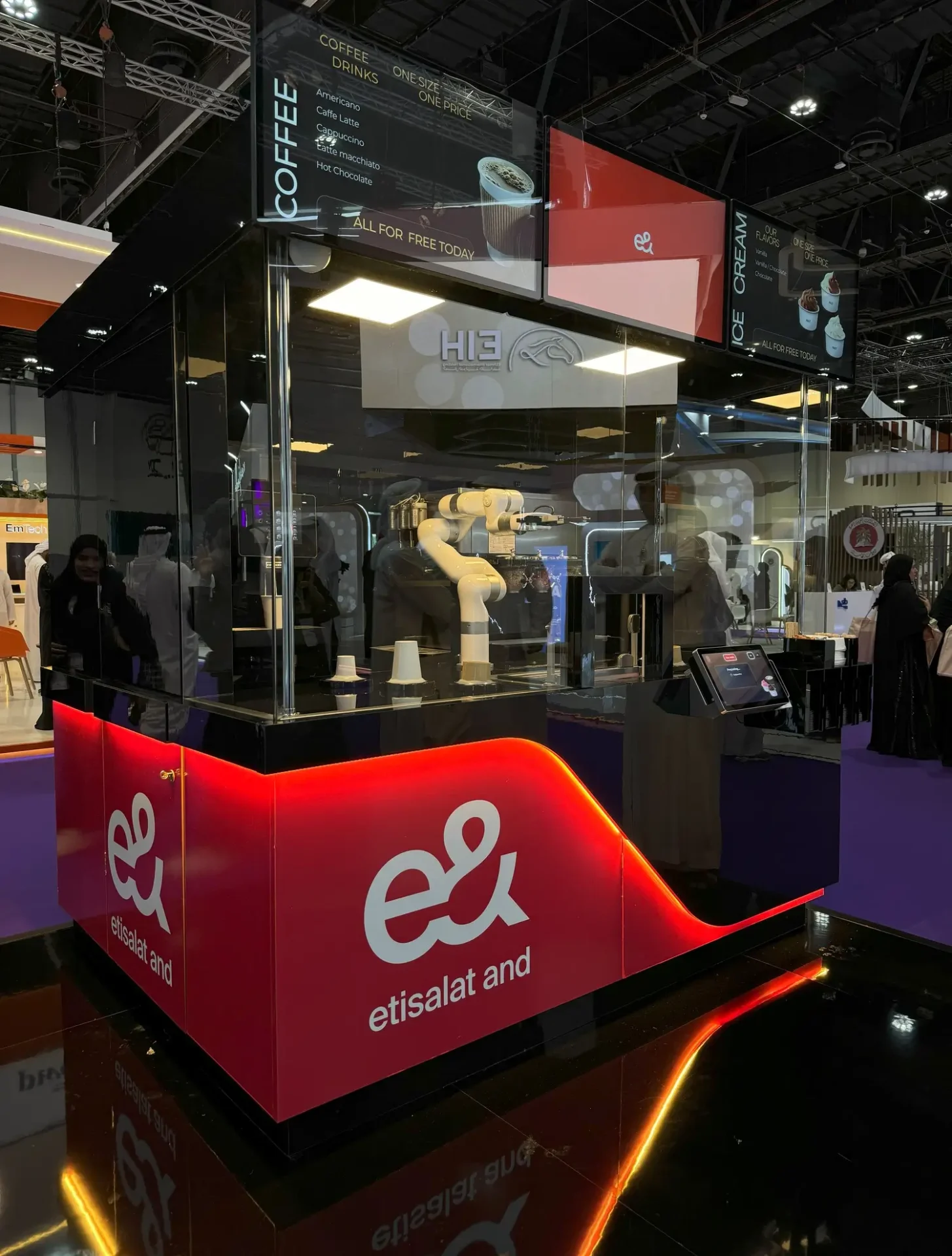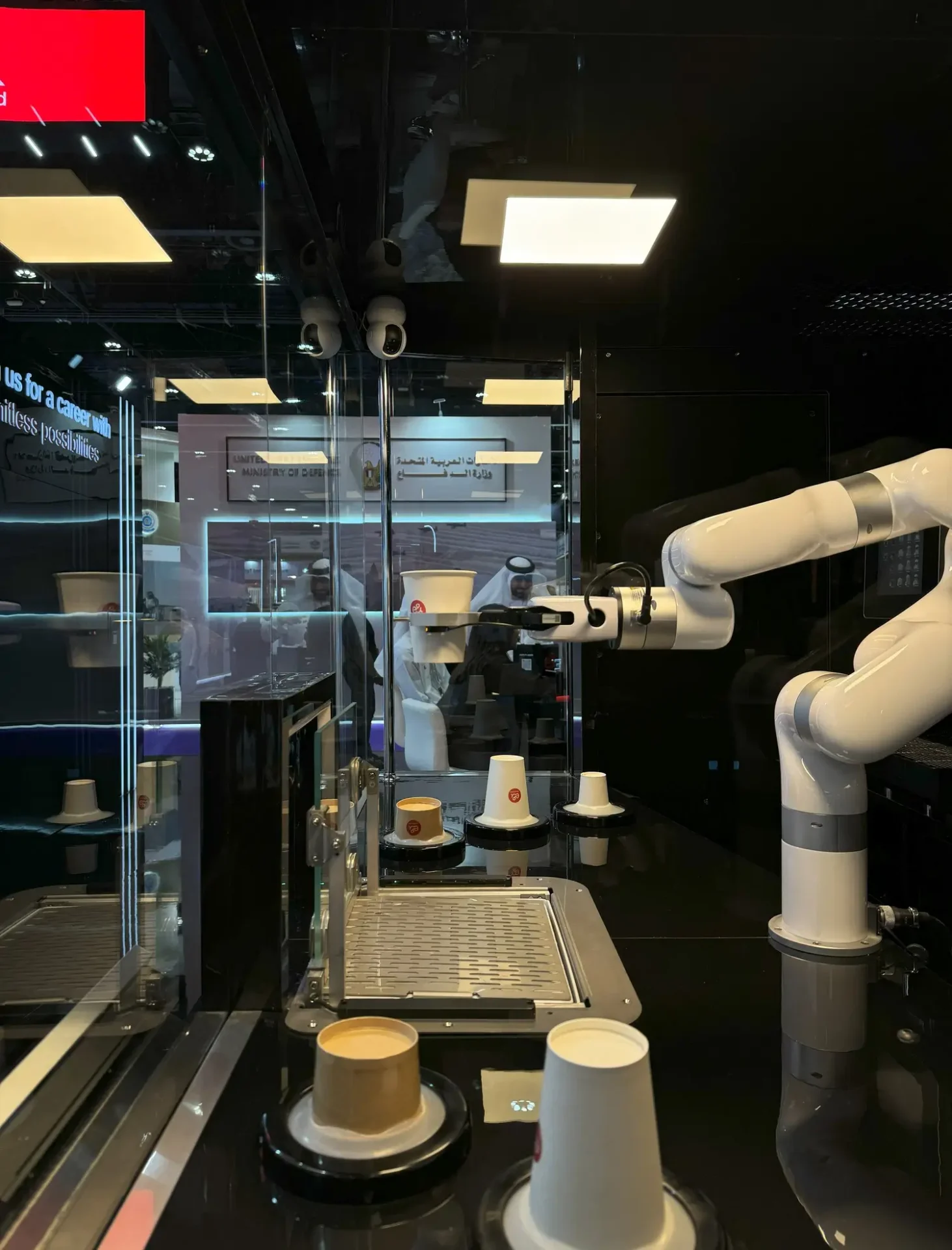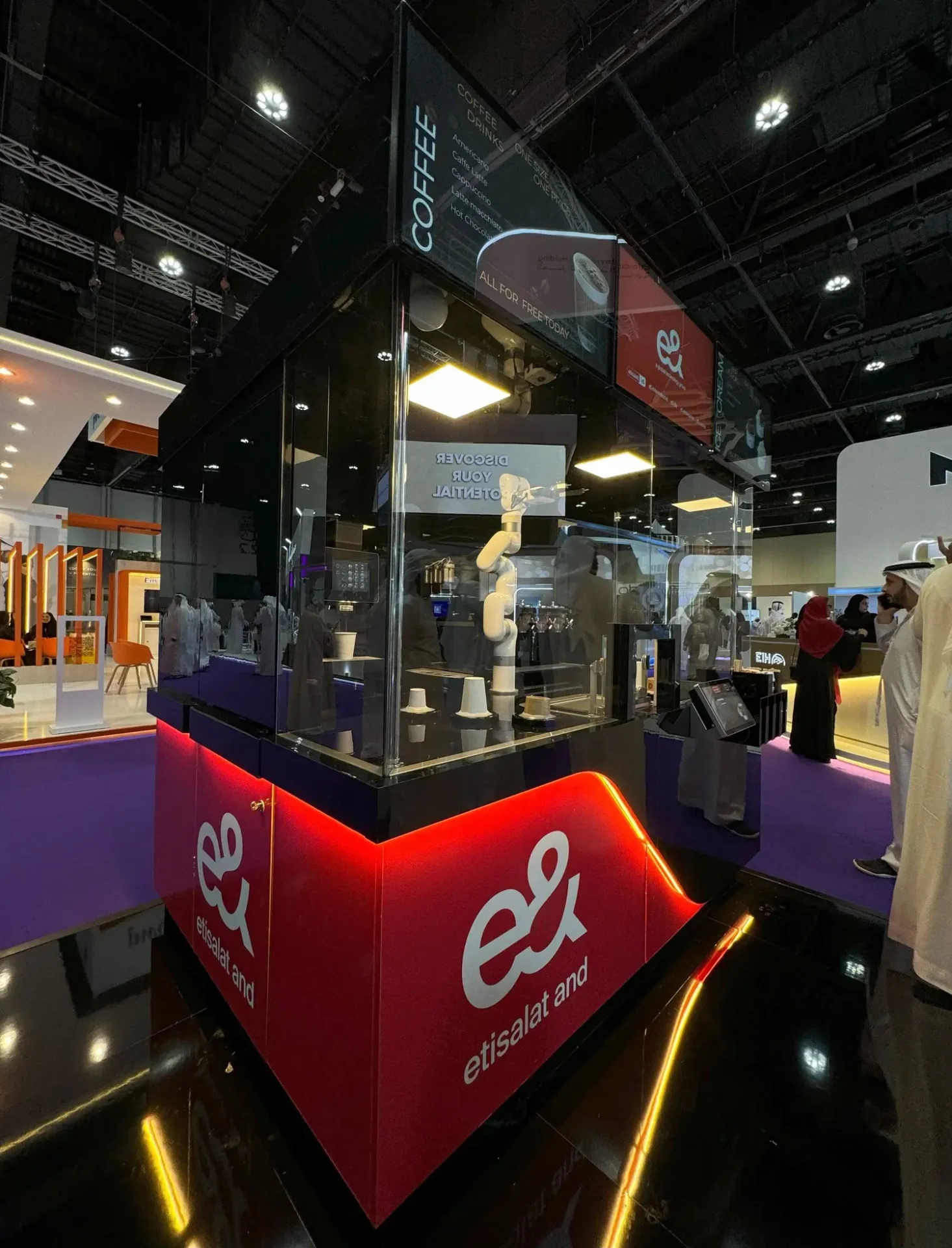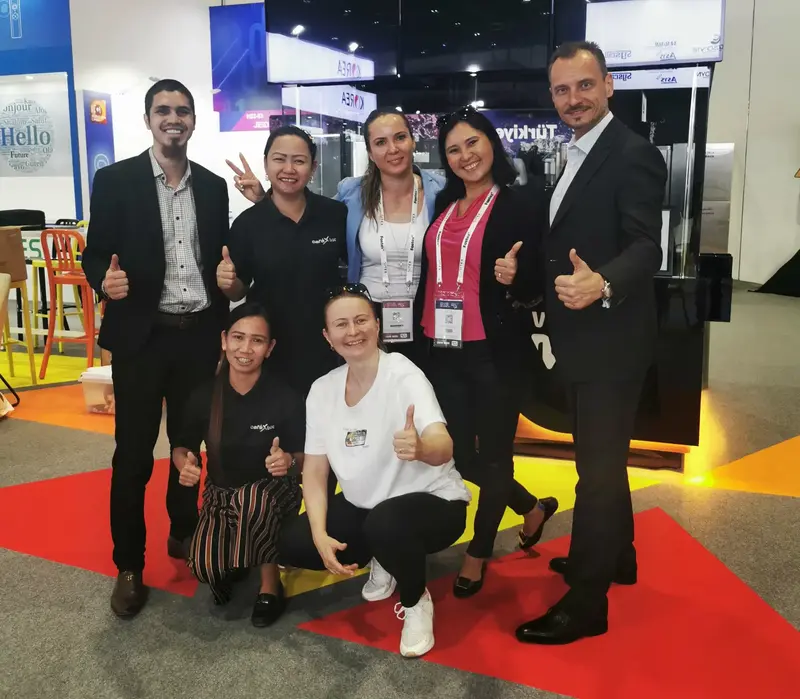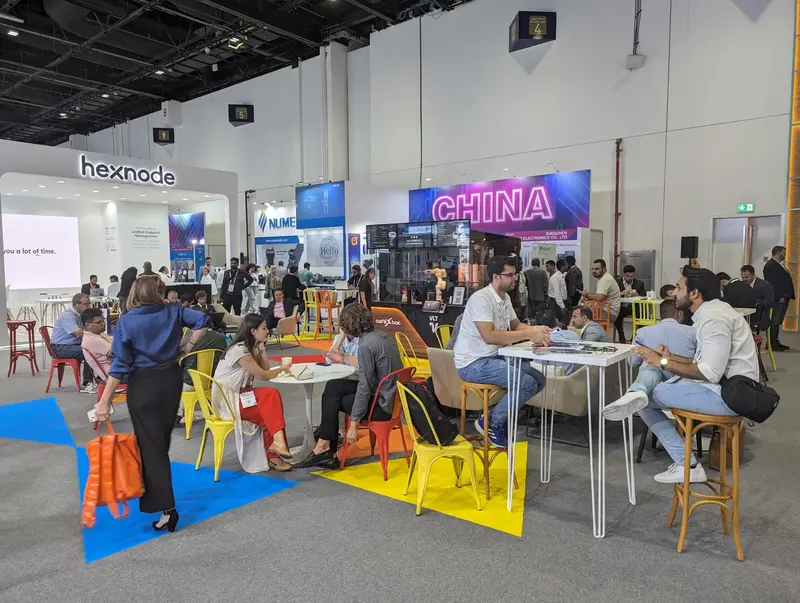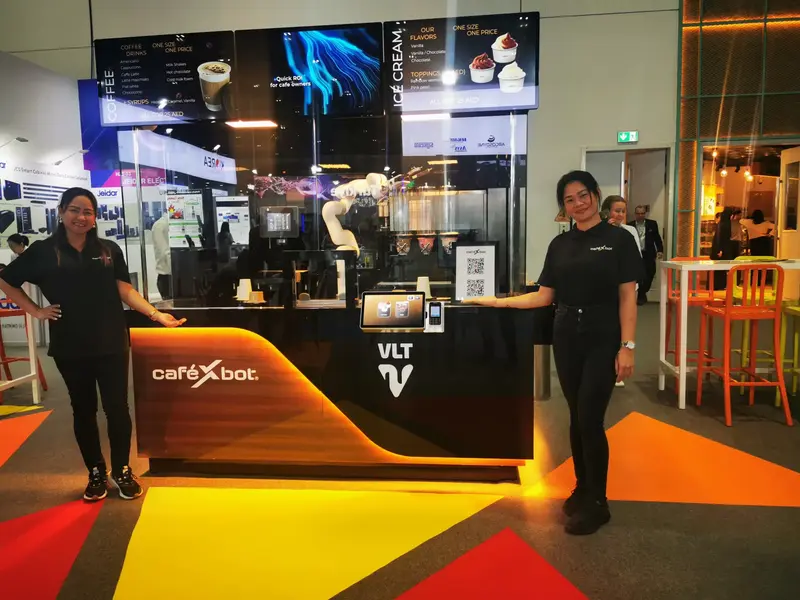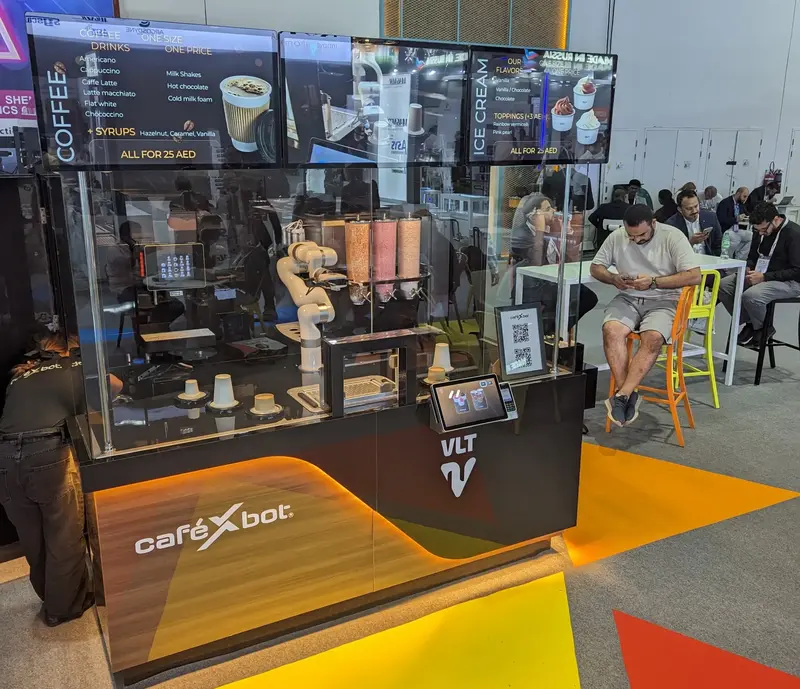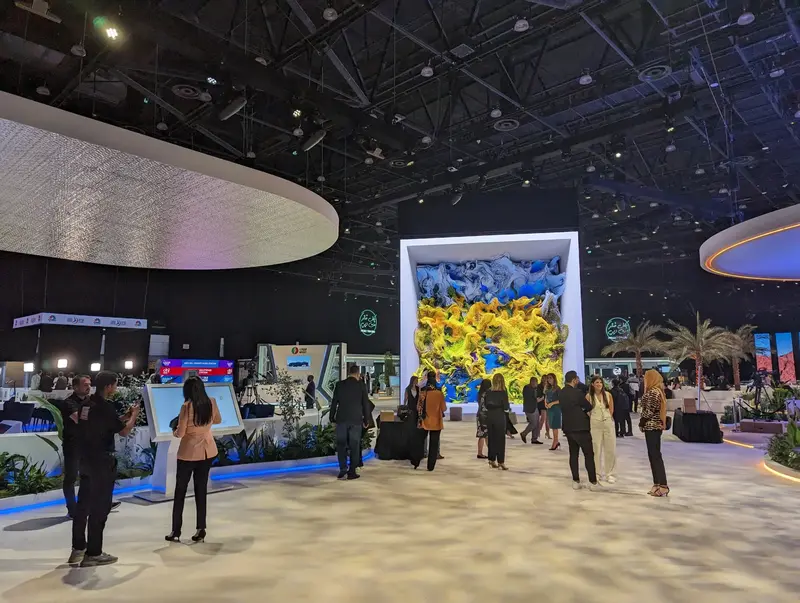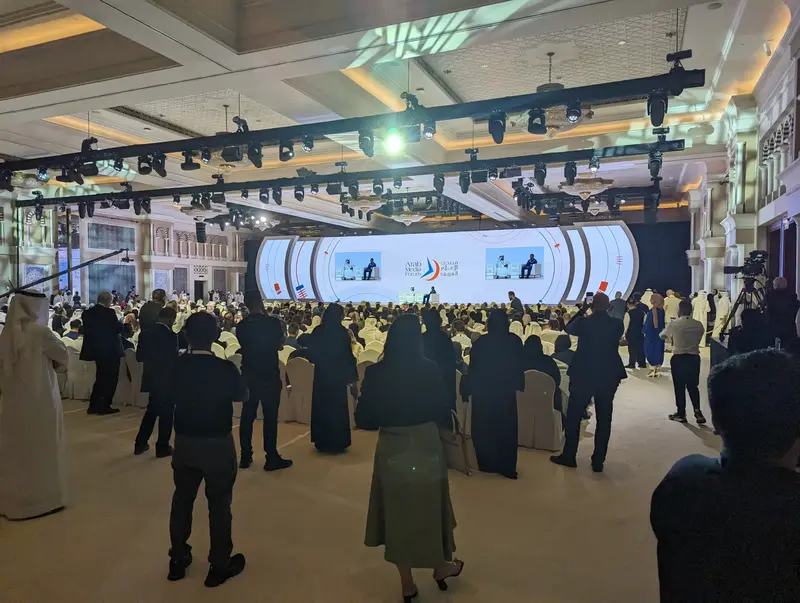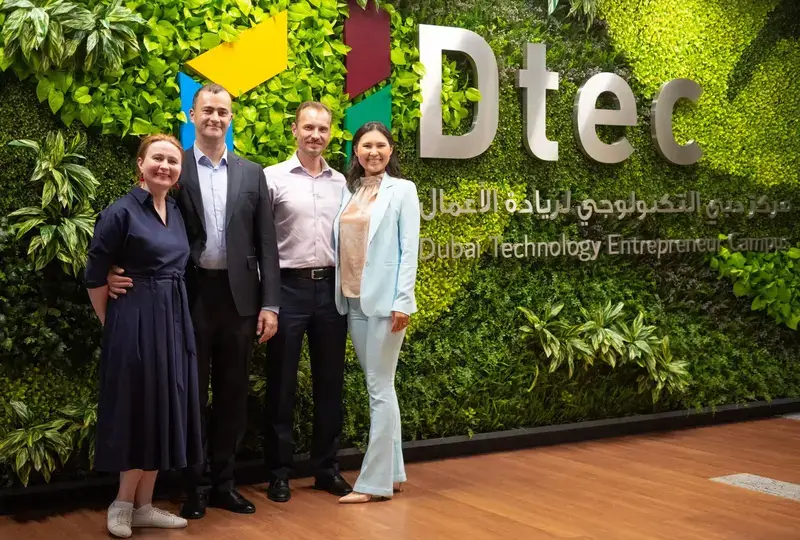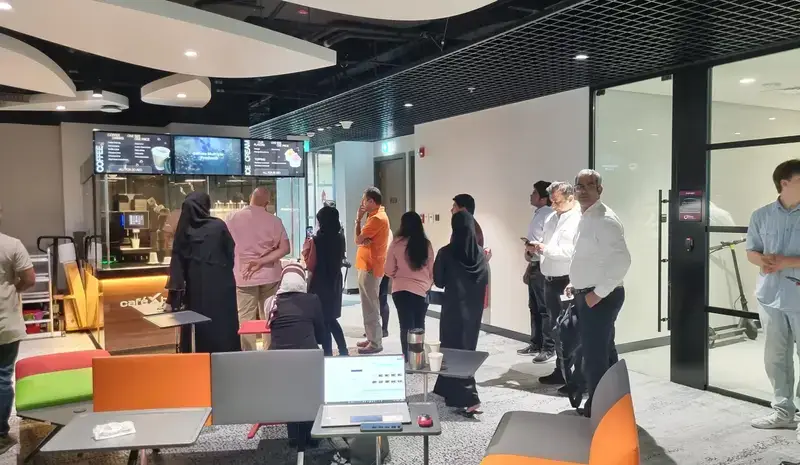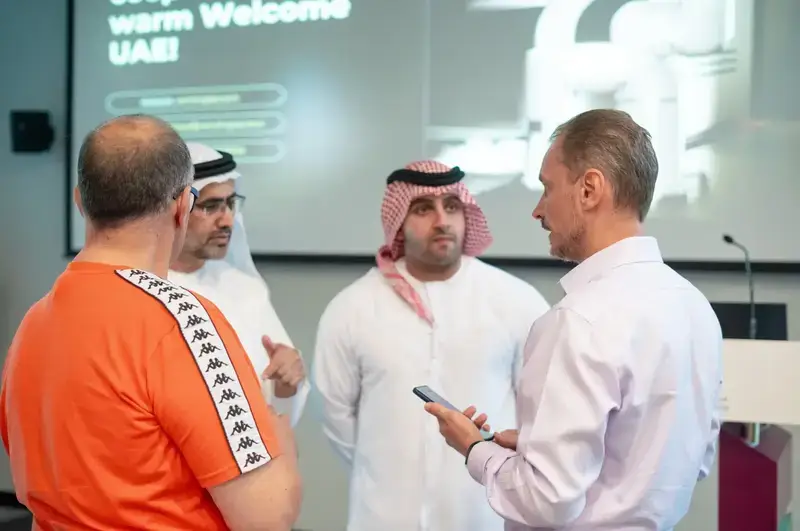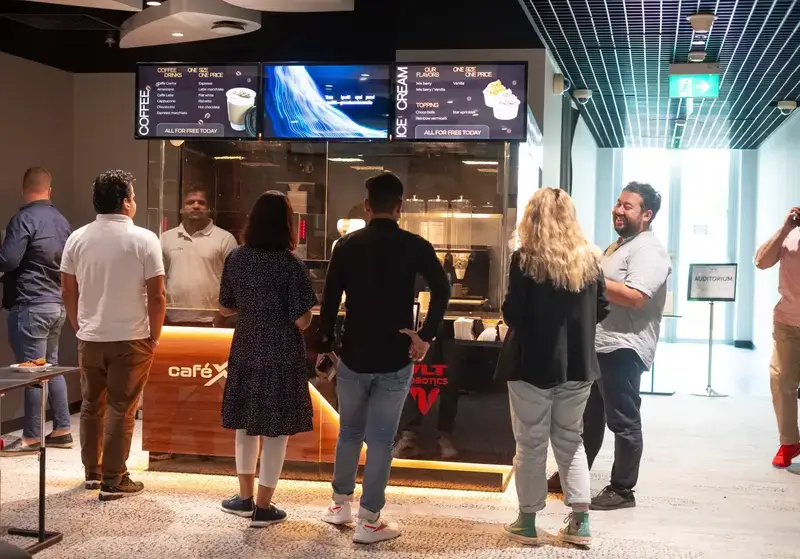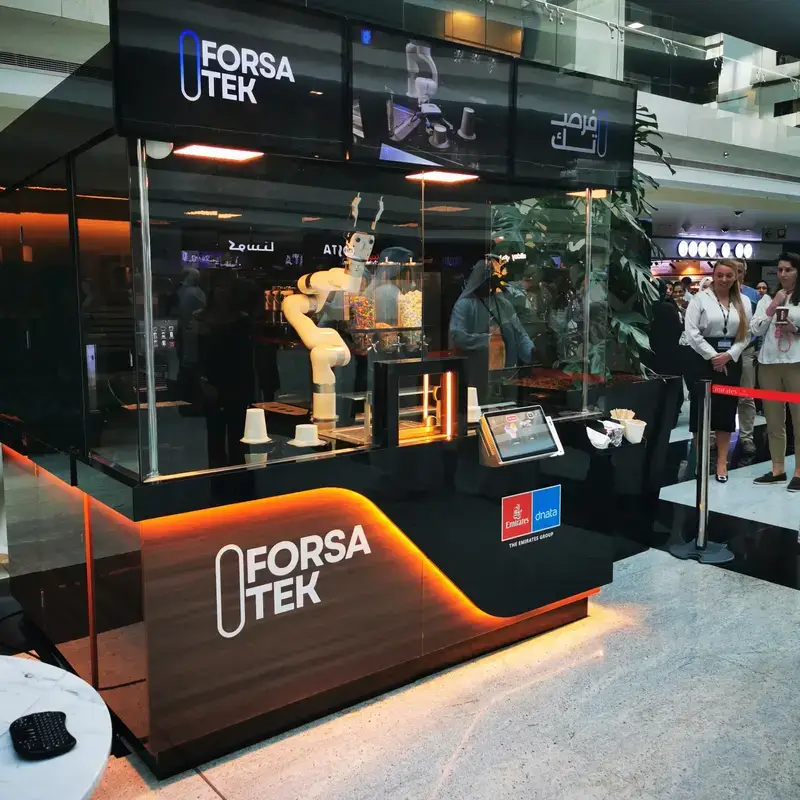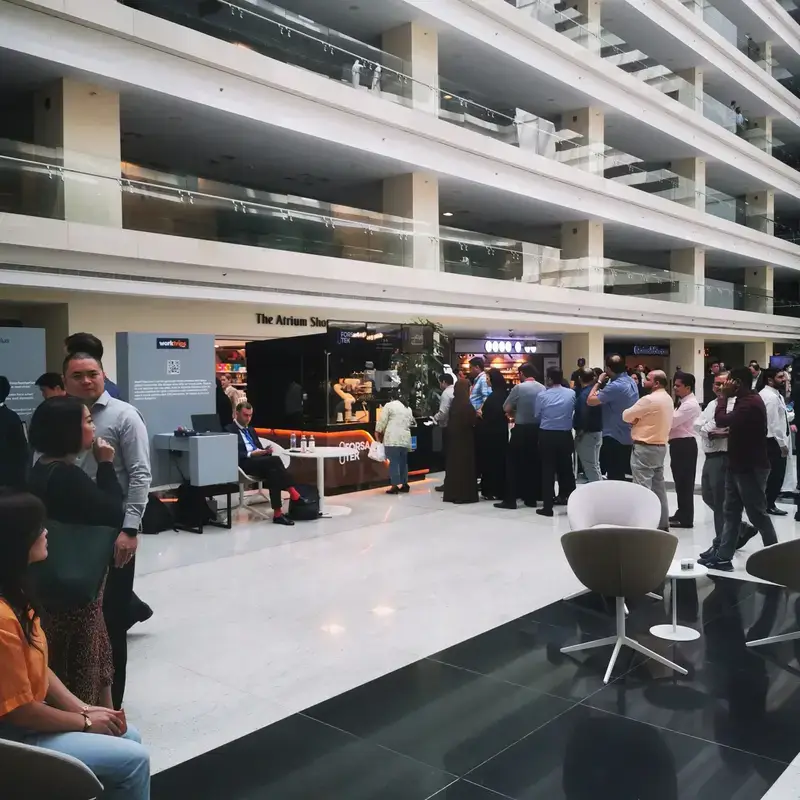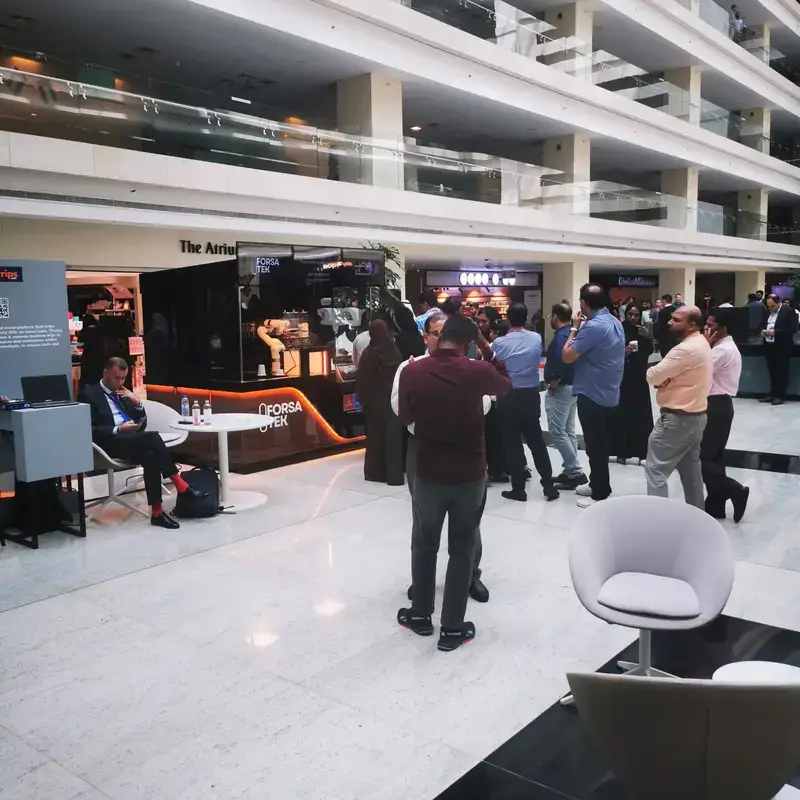
Unlocking the Advantages of Robot Cafe Technology in Modern Hospitality
In the rapidly evolving landscape of modern hospitality, technology continues to revolutionize the way services are delivered, and one of the most intriguing innovations is the Robot Cafe. This groundbreaking concept integrates cutting-edge robotics with contemporary café culture, enhancing customer experiences while optimizing operational efficiency.
 As businesses strive to meet the demands of an ever-discerning clientele, the Robot Cafe stands out by offering not just convenience, but also a unique blend of entertainment and engagement.
With the ability to automate routine tasks, ensure consistency in service, and reduce wait times, Robot Cafes are poised to transform how we enjoy our favorite beverages and meals. Furthermore, they provide a glimpse into the future of hospitality, where technology complements human interaction rather than replacing it.
Exploring the advantages of Robot Cafe technology reveals not only its potential to streamline operations but also to elevate the overall dining experience, making it a fascinating topic for both industry professionals and casual observers alike.
As businesses strive to meet the demands of an ever-discerning clientele, the Robot Cafe stands out by offering not just convenience, but also a unique blend of entertainment and engagement.
With the ability to automate routine tasks, ensure consistency in service, and reduce wait times, Robot Cafes are poised to transform how we enjoy our favorite beverages and meals. Furthermore, they provide a glimpse into the future of hospitality, where technology complements human interaction rather than replacing it.
Exploring the advantages of Robot Cafe technology reveals not only its potential to streamline operations but also to elevate the overall dining experience, making it a fascinating topic for both industry professionals and casual observers alike.
Exploring the Evolution of Robot Cafes in the Hospitality Industry
The evolution of robot cafes reflects a significant shift in the hospitality industry, showcasing how technology can enhance customer experience while maintaining efficiency. Initially, the integration of robots in cafes began as a novelty, capturing the interest of consumers intrigued by the futuristic concept of robotic servers and baristas. Over time, these establishments have adapted to meet the demands of a fast-paced world, focusing on streamlining service and minimizing wait times. As customers increasingly seek convenience, robot cafes have positioned themselves as a solution that effectively merges innovation with daily dining needs.
Furthermore, advancements in artificial intelligence and automation have allowed robot cafes to offer personalized services that were once thought to be exclusive to human interaction. Today’s robotic systems can learn customer preferences, provide recommendations, and even engage in light conversation, making the experience more interactive. This evolution not only caters to tech-savvy clientele but also allows human staff to focus on managing operations and enhancing customer relationships. The ongoing development of robot cafes exemplifies how the hospitality industry is embracing change, paving the way for a more efficient and engaging dining experience.
Unlocking the Advantages of Robot Cafe Technology in Modern Hospitality
Key Benefits of Implementing Robot Technologies in Cafes
The integration of robot technologies in cafes presents significant advantages that are reshaping the hospitality industry. According to a recent report by MarketWatch, the global robotic cafe market is projected to reach USD 1.5 billion by 2025, driven by increasing demand for automation in food service. These robotic systems enhance operational efficiency by streamlining order processing and minimizing human error, resulting in improved customer satisfaction.
One of the key benefits is labor cost reduction. Implementing robots minimizes the need for large staff, allowing cafes to allocate resources more strategically. A study by Technavio indicates that cafe owners can save up to 30% on labor costs by utilizing robotic baristas and servers. Additionally, robots ensure consistent food and beverage quality, as they follow precise recipes and procedures without deviation.
Tips for Implementation:
- Start small by integrating robot technology in specific areas, such as order-taking or beverage preparation, and gradually expand based on customer feedback.
- Train your existing staff to work alongside robots effectively, blending human touch with automation to enhance the overall customer experience. By doing so, you will create a harmonious working environment that maintains customer engagement while optimizing service speed.
Enhancing Customer Experience Through Robotic Baristas
The rise of robotic baristas is transforming the landscape of customer service in the coffee industry. Recent innovations have seen AI-powered robots capable of brewing and serving coffee with precision, while also providing an engaging experience for patrons. For instance, a café in Hanoi has embraced this technology, where robots not only prepare drinks but also add a personal touch by writing calligraphy. This blend of automation and personalization enhances the overall customer experience, demonstrating how robotics can complement rather than replace human interaction.
**Tip 1:** When integrating robotic technology into hospitality, ensure that it enhances the customer experience. Customers appreciate convenience, but maintaining a sense of connection is vital. Consider having human staff available for personalized service while robots handle routine tasks.
Additionally, advancements in collaborative robots—those designed to work alongside humans—are reshaping service roles. By streamlining tasks like coffee brewing and order taking, these robots enable staff to focus on higher-level service, ultimately leading to a more efficient and enjoyable experience for customers.
**Tip 2:** Focus on training your staff to work effectively with robotic systems. This ensures that human employees can leverage the benefits of automation while still providing attentive service, creating a seamless experience for guests.
As businesses embrace robotic baristas, the key is to find the right balance between technology and human interaction, ensuring a truly elevated customer experience.
Unlocking the Advantages of Robot Cafe Technology in Modern Hospitality - Enhancing Customer Experience Through Robotic Baristas
| Feature | Description | Customer Benefit | Impact on Service Speed | Operational Cost |
|---|---|---|---|---|
| Automated Ordering | Robots take orders through a touchscreen interface. | Reduces waiting time. | Increases order efficiency by 40%. | Lower labor costs over time. |
| Personalization | Robots can suggest drinks based on customer preferences. | Enhances customer satisfaction. | Reduces time to make decisions by 30%. | Initial investment with long-term gains. |
| Consistency in Quality | Robots ensure exact measurements and processes. | Provides uniform taste with every order. | Minimizes rework and wait times. | High efficiency leads to lower waste costs. |
| Customer Interaction | Friendly robot baristas enhance the experience. | Engages customers, creating a unique atmosphere. | Speeds up the engagement process. | May reduce staffing needs. |
| Data Collection | Robots collect data on customer preferences. | Allows for targeted marketing and promotions. | Improves future service interactions. | Informs cost-saving strategies. |
Challenges and Considerations for Integrating Robots in Cafes
Integrating robot technology into cafes presents unique challenges that stakeholders must navigate to ensure successful implementation. According to a recent report by IBM, 34% of hospitality businesses have expressed concerns over the cost of integrating robotics into their operations, which can range from $20,000 to over $100,000 depending on the technology's sophistication. Additionally, training staff to work alongside robots—particularly in understanding how to troubleshoot and maintain these systems—requires resources and time. This transition demands a strategic approach to workforce management, as employee roles may evolve from service delivery to tech support.
Moreover, the adaptability of robotic systems to varying customer preferences and service environments poses another significant challenge. A study by the National Restaurant Association indicates that 60% of consumers are hesitant about robots taking over traditional service roles, fearing an erosion of the human touch that defines the hospitality experience. This hesitation underlines the necessity for cafes to find a balance between automation and personal interaction, ensuring that technology enhances rather than replaces the communal atmosphere of hospitality. Addressing these considerations is crucial for establishing a seamlessly integrated robot cafe experience that meets both operational goals and customer expectations.

Future Trends: The Role of AI and Robotics in Hospitality Innovation
The integration of AI and robotics in hospitality is transforming the way we experience dining and service. As robot cafes emerge as a notable trend, they embody the future of efficient service delivery, appealing to the ever-demanding consumer. By utilizing advanced algorithms and machine learning, these robotic systems can optimize operations, ensuring faster service and a personalized dining experience. Guests can customize their orders via touchscreens, while robots are capable of precisely preparing and serving food with remarkable accuracy.
Moreover, the role of AI extends beyond mere automation. Intelligent systems equipped with data analytics can monitor customer preferences and trends over time, enabling establishments to tailor their offerings effectively. This capability allows hospitality businesses to stay ahead of the curve, enhancing customer satisfaction while reducing operational costs. As we witness the evolution of robot cafe technology, it becomes clear that the fusion of AI and robotics is not just a novelty, but a significant driver of innovation in the hospitality sector, reshaping traditional norms and setting new standards for the future.

Related Posts
-

10 Digital Tips to Boost Your Robot Coffee Shop Experience
-

Emerging Trends in 2025 for Coffee Lovers How to Harness Robot Coffee Machines
-

Finding Reliable Suppliers Top Tips for Sourcing Robotic Coffee Barista Solutions
-

Unlocking Efficiency: How Coffee Robot Arms Revolutionize Your Beverage Business
-

Innovative Robotic Cafe Models from China Revolutionizing Global Market with Quality Excellence
-

Top 10 Café Robot Manufacturers from China at the 137th Canton Fair







